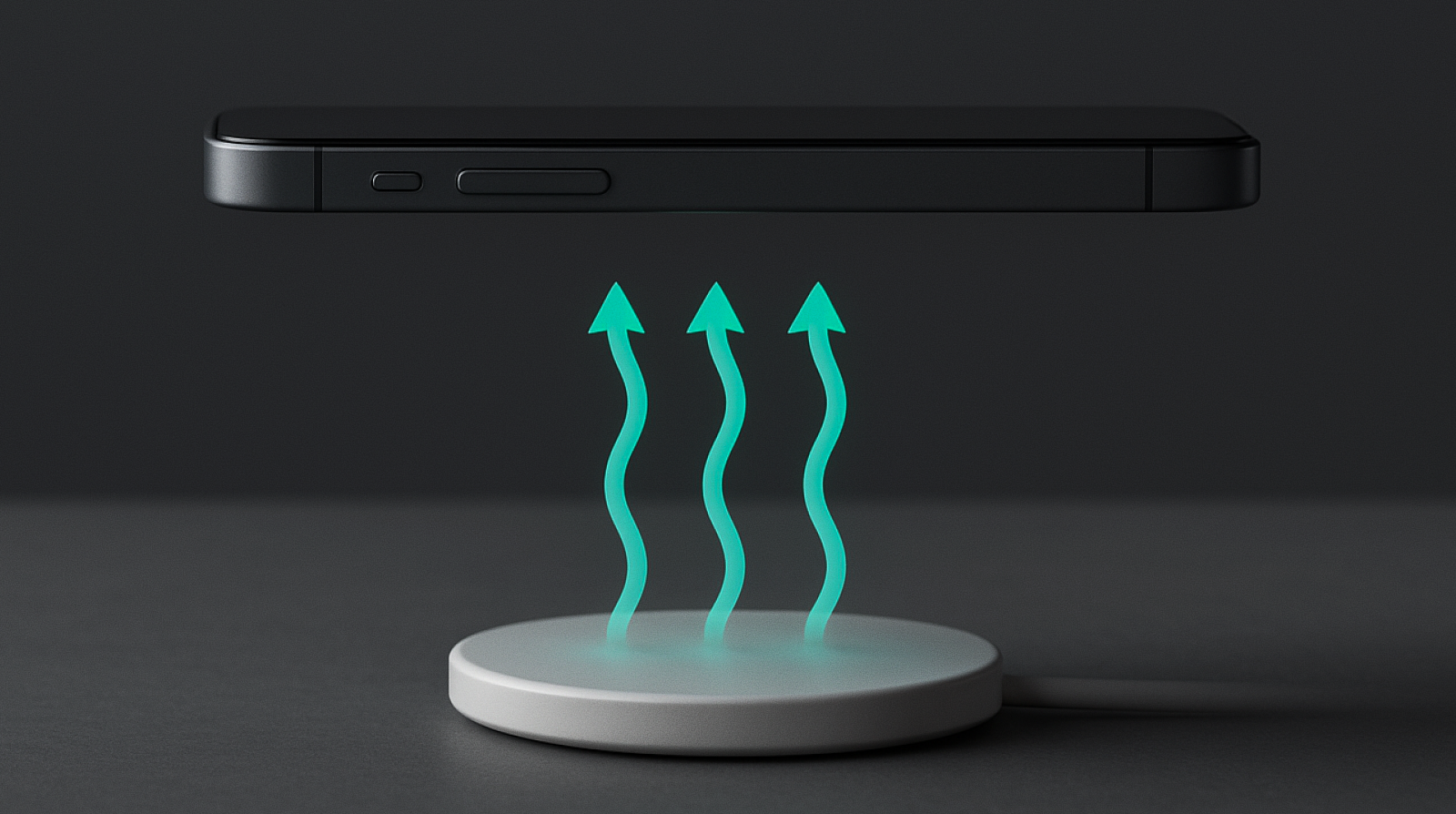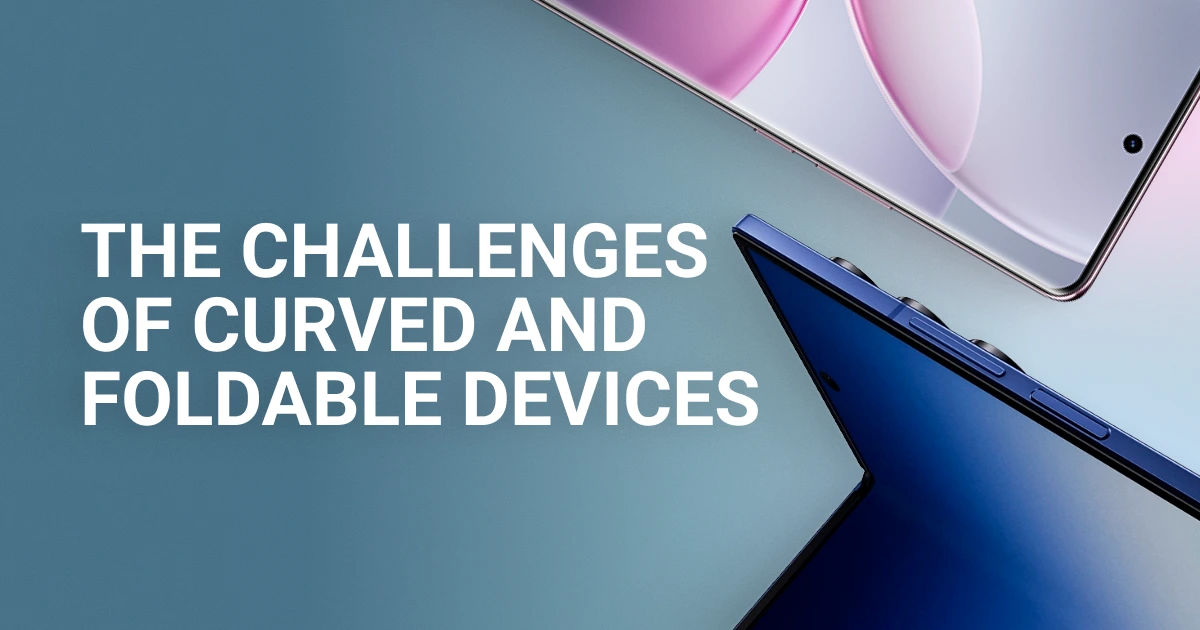Wireless charging has become a hallmark of modern convenience — a simple gesture that frees users from cables and clutter. Yet, beneath this sleek innovation lies a question that continues to spark debate: is wireless charging bad for your phone’s battery?
For users and businesses working with used phones, this isn’t just curiosity — it’s about preserving performance, ensuring reliable diagnostics, and extending the lifecycle of valuable devices.
How does wireless charging work
Wireless chargers rely on inductive coupling, a process where energy is transferred between two coils — one inside the charging pad and one in the phone. When alternating current passes through the transmitter coil, it creates a magnetic field that induces current in the receiver coil. That current is then converted into direct current (DC) to charge the battery.
In simple terms, the charger creates a magnetic link between the pad and the phone, transferring energy through the air gap. That’s how wireless chargers work. However, because the process involves more conversion steps than wired charging, it’s naturally less efficient and generates more heat.
Because this process involves multiple conversion steps, it’s less efficient than wired charging and generates more heat.
A study published in IEEE Access found that magnetic couplers in wireless power transfer systems are particularly prone to temperature rise, which can “limit system reliability and component lifespan.”
While this effect may seem minor for new phones, it becomes crucial when dealing with devices that have already undergone hundreds of charge cycles — typical in the used-phone market.Our clients in refurbishment and diagnostics consistently report that even small temperature increases during charging can affect testing accuracy and long-term device reliability.

Is wireless charging bad for battery health?
The short answer: not directly. Modern smartphones include battery management systems (BMS) that regulate voltage, current, and temperature to prevent overcharging. Wireless or wired — the control logic is the same.
However, indirect factors like heat and charging duration make a real difference.
Wireless charging is inherently less efficient, converting more energy into heat both in the charger and the device. According to a study published in ACS Omega (2022), even a 5–10°C temperature increase during charging can accelerate lithium-ion degradation by up to 25%, primarily due to higher internal resistance and side reactions inside the cell.
In NSYS Diagnostics data collected from used devices, similar trends appear: older batteries that frequently undergo wireless charging often show increased internal resistance and more pronounced thermal activity during diagnostic tests. Such data patterns provide quantifiable insight into how everyday charging habits translate into measurable degradation over time.
What really damages a phone battery
It’s not the charging method itself but the conditions under which charging occurs. The main factors behind lithium-ion degradation are:
-
High temperature: Charging above 35°C accelerates chemical reactions that consume active lithium.
-
Prolonged full charge: Keeping a phone at 100% for hours maintains cells at their upper voltage limit, which strains the electrolyte.
-
Deep discharges: Frequently draining to 0% increases structural stress inside electrodes.
Wireless charging can amplify these effects if the phone stays warm on the pad for long periods, especially in poorly ventilated environments or under thick cases.
In one thermal study, researchers recorded 3–11°C temperature rises inside lithium-ion cells during normal charge cycles — enough to measurably shorten overall capacity retention over time.
Complementary research in Batteries (2024) also confirms that prolonged heat exposure remains one of the leading accelerators of lithium-ion degradation, particularly for cells with elevated internal resistance.

Practical guidance for used devices
For companies and technicians working with pre-owned phones, maintaining optimal charging conditions is part of responsible lifecycle management. Based on data from our partners and diagnostic platforms, the following measures have proven most effective:
-
Use certified Qi chargers with active power and thermal control.
-
Align coils properly to avoid magnetic loss and excess heating.
-
Remove thick or metal cases that trap heat.
-
Disconnect early — stop charging at 80–90% instead of keeping devices on the pad overnight.
-
Alternate methods — combine wired and wireless charging to balance stress.
-
Monitor battery health through diagnostics.
NSYS Diagnostics provides battery health information during device testing, helping refurbishers identify units at risk of early degradation, and determine when battery replacement is economically justified before resale.
Why it matters for the secondary market
Every percentage point of remaining battery capacity translates into measurable business value. A phone that retains 90% battery health after resale provides better customer satisfaction, fewer warranty claims, and longer lifecycle performance.
Understanding how wireless charging affects battery performance helps businesses design more accurate valuation and warranty models. It also supports sustainable reuse — a cornerstone of the circular electronics economy — by preventing premature device replacement and unnecessary waste.
The bottom line
Wireless charging isn’t inherently bad for a phone’s battery. The challenge lies in managing heat, alignment, and duration — especially for used devices with aging cells.
With tools like NSYS Diagnostics, refurbishers and resellers can turn raw battery data into actionable insights — extending lifespan, optimizing resale value, and ensuring reliable performance at scale.
Wireless charging delivers convenience — but true efficiency comes from understanding the data behind performance.








